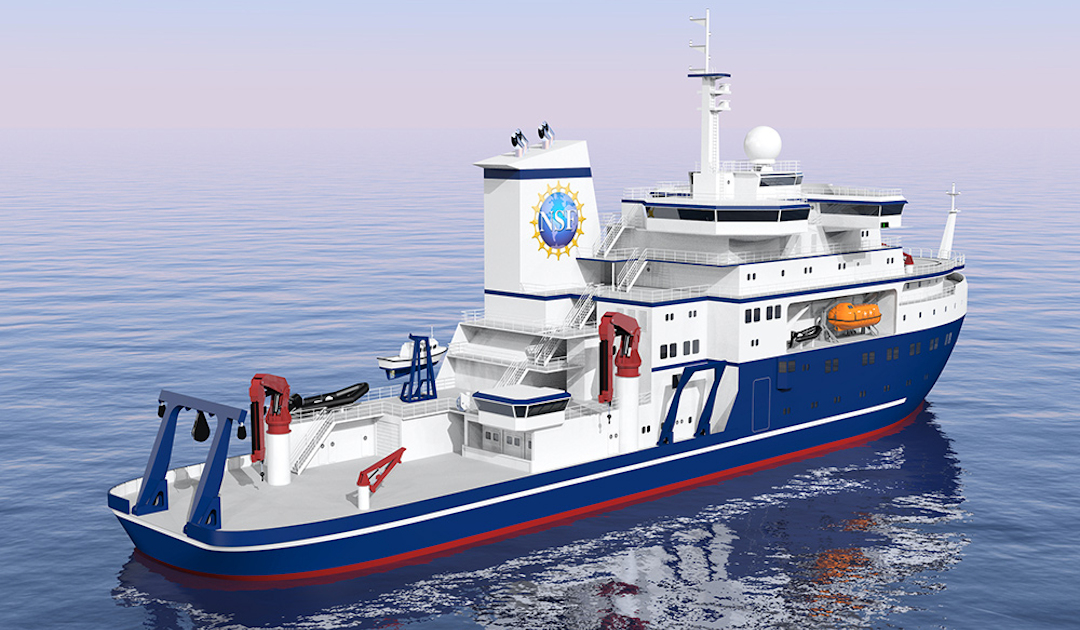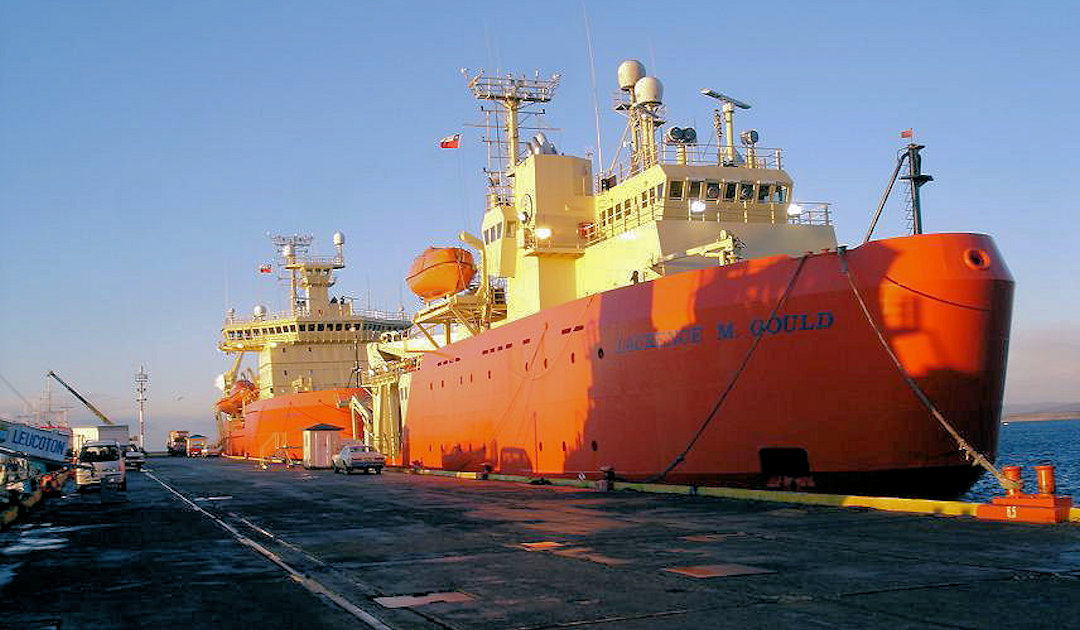
In most cases, research projects in Antarctica require an appropriately equipped ship. It serves not only as a means of transport to bring researchers and materials to the white continent, but also as a fixed research platform. Some countries have invested a great deal in recent years in the development of state-of-the-art research vessels that also meet the latest environmental standards. Now the U.S. Antarctic Program has also submitted its plans for a new ship. But still waiting for final “ok” to receive funds for the project.
The project for the as-yet-unnamed ship was integrated by National Science Foundation NSF leadership in late July into the program to build major research equipment and buildings, and had thus taken an important step. But now the biggest hurdle is coming up, namely the funding of further steps by the NSF and the National Science Council, which at the end have to present the budget for the construction of the infrastructure to the parliament (Senate and House of Representatives) and wait for its “ok”. This will not be the case until fiscal year 2025 at the earliest.


At this stage, the project is still in the conceptual phase. In this regard, NSF has published a first concept drawing of the new Antarctic Research Vessel (ARV). It is similar to the Sikuliaq research vessel launched in 2013, which supports NSF’s Arctic polar program in Alaska. Regarding the technical specifications, it is known only that the ship is to have ice class PC3 and thus break ice up to 130 centimeters thick. It is also expected to be capable of autonomous travel for up to 90 days, with space for 55 science and technical personnel (in addition to the normal ship’s crew). It is also designed to meet the latest environmental and drive standards. The timeline for the project calls for a vote on funding for the ship in fiscal year 2025, with keel laying to begin in January 2027 if the green light is given in Washington. Construction will then take around 3 years and the ship is expected to be fully operational in the 2031/32 Antarctic season.

The new ship is envisioned by USAP and NSF to be larger than and then replace the two icebreakers currently in service, Laurence M. Gould (launched in 1997) and Nathaniel B. Palmer (launched in 1992). The two icebreakers leased by NSF from Edison Chouest Offshore are slowly coming to the end of their operational life. Both ships have been operating for the NSF in Antarctica since the 1990s, supplying the two US Antarctic stations McMurdo and Palmer on the one hand. They are also the research platforms of the US Antarctic Program, which is heavily involved in the Thwaites Glacier Project, among other projects.
In the USA, icebreakers are currently a bigger issue. This is because the U.S. currently has too few icebreakers to properly perform all of its polar duties. While in the Antarctic the ships mainly undertake supply and research voyages, in the Arctic the icebreakers must also be able to perform protection and search and rescue tasks. In addition, the U.S. sees the security situation at its Arctic border as threatening and therefore also wants to arm the ships there. However, it is questionable whether these ships will also be able to make voyages to Antarctica with them. NSF’s new ship would provide a civil-scientific solution.
Dr Michael Wenger, PolarJournal
More on the topic






Hello,
I am Muhammad Fatih Qodri, a young scientist in Indonesia. I am interested doing research in antarctic. Could I join this program? Thank you.
Respectfully,
Muhammad Fatih Qodri
Dear Mr. Qodri,
thank you very much for following us and your question. Please direct all job inquiries to the US Antarctic Program or the US National Science Foundation. They are responsible for recruiting.
Best regards from Switzerland
The PolarJournal Team